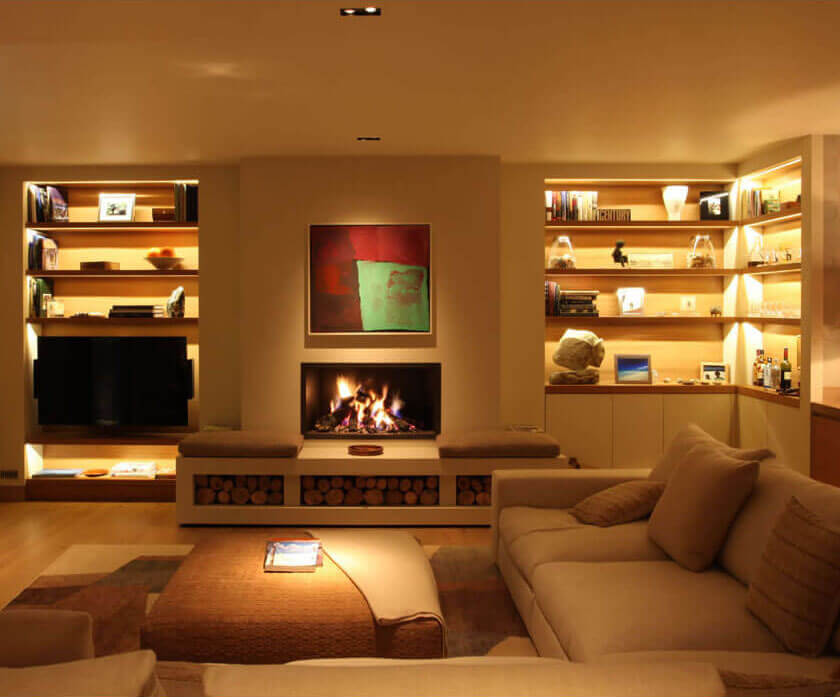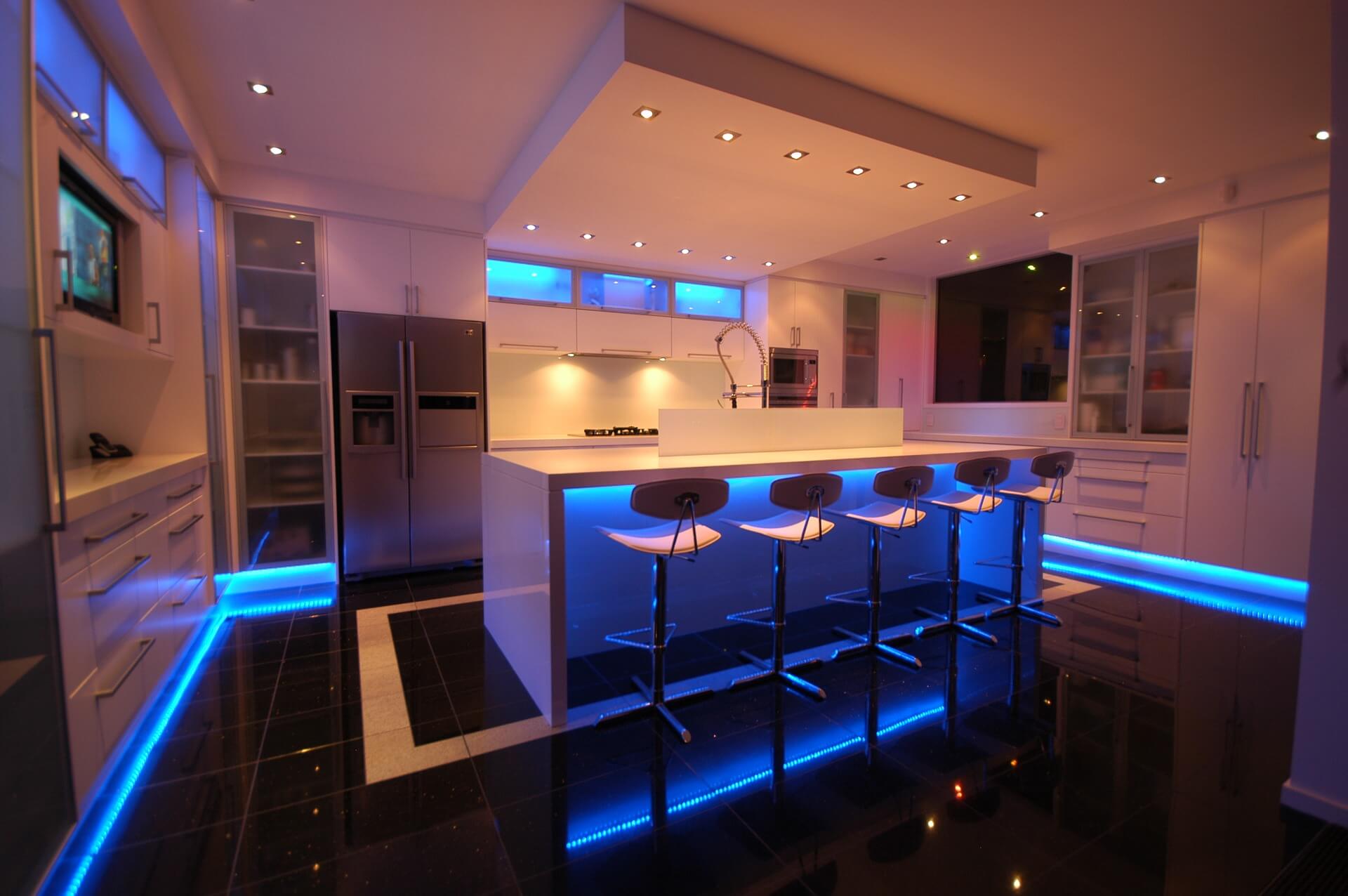
Colour temperature is one of the most important features to consider when buying a light bulb, as it can completely change the look and feel of a room. The colour temperature of a bulb denotes how ‘warm’ or ‘cool’ the white light that it emits is. A warm white bulb would give off a softer, yellower light, while a cool white bulb would have a bluer, more intense tone.

The Kelvin Scale
Colour temperature is measured in Kelvins (K), and typically ranges from 2000K-6500K. The lower the number, the warmer the light. A typical warm white light bulb for use in living rooms and bedrooms would have a colour temperature between 2700K-3200K. Cool white bulbs are anywhere upwards of 4000K. At the far end of the scale, ‘daylight’ bulbs have a colour temperature of 6500K and are supposed to replicate the tone of light that the sun emits during the day. These would look very blue in a typical living room.

Warm White
Warm white light bulbs are popular as they most closely replicate the light given off by incandescent light bulbs. They are ideal for more relaxed areas, such as living rooms, bedrooms and hospitality areas. A candle flame, for comparison, emits a light of 1850K.
White light has a neutral colour temperature at around 3500K, so most warm white light bulbs will have a colour temperature between 2700K-3000K.

Cool White
The bluer light of cool white bulbs is more suited to workplaces and other environments where there is a lot of activity. For this reason, they are often used in commercial lighting, but they are also ideal for use around the home, particularly in kitchens or bathrooms.
Daylight bulbs, which usually have a colour temperature above 6000K, are rarely appropriate for use in the home, as the blue light they emit isn't particularly comforting.

Combining Colour Temperatures
The versatility of LED lights means you can make effective use of bulbs of different colour temperatures in the same room.
For example, you could use warm white light bulbs in a kitchen ceiling fitting for general use, but also have under unit lighting in cool white to provide some contrasting light. Some 'smart' light bulbs actually allow you to change their temperature to the exact tone you want.

 UK's #1 Specialist LED Retailer
UK's #1 Specialist LED Retailer
 Free Delivery Orders Over £50
Free Delivery Orders Over £50
 28 Day Returns Quality Guarantee
28 Day Returns Quality Guarantee